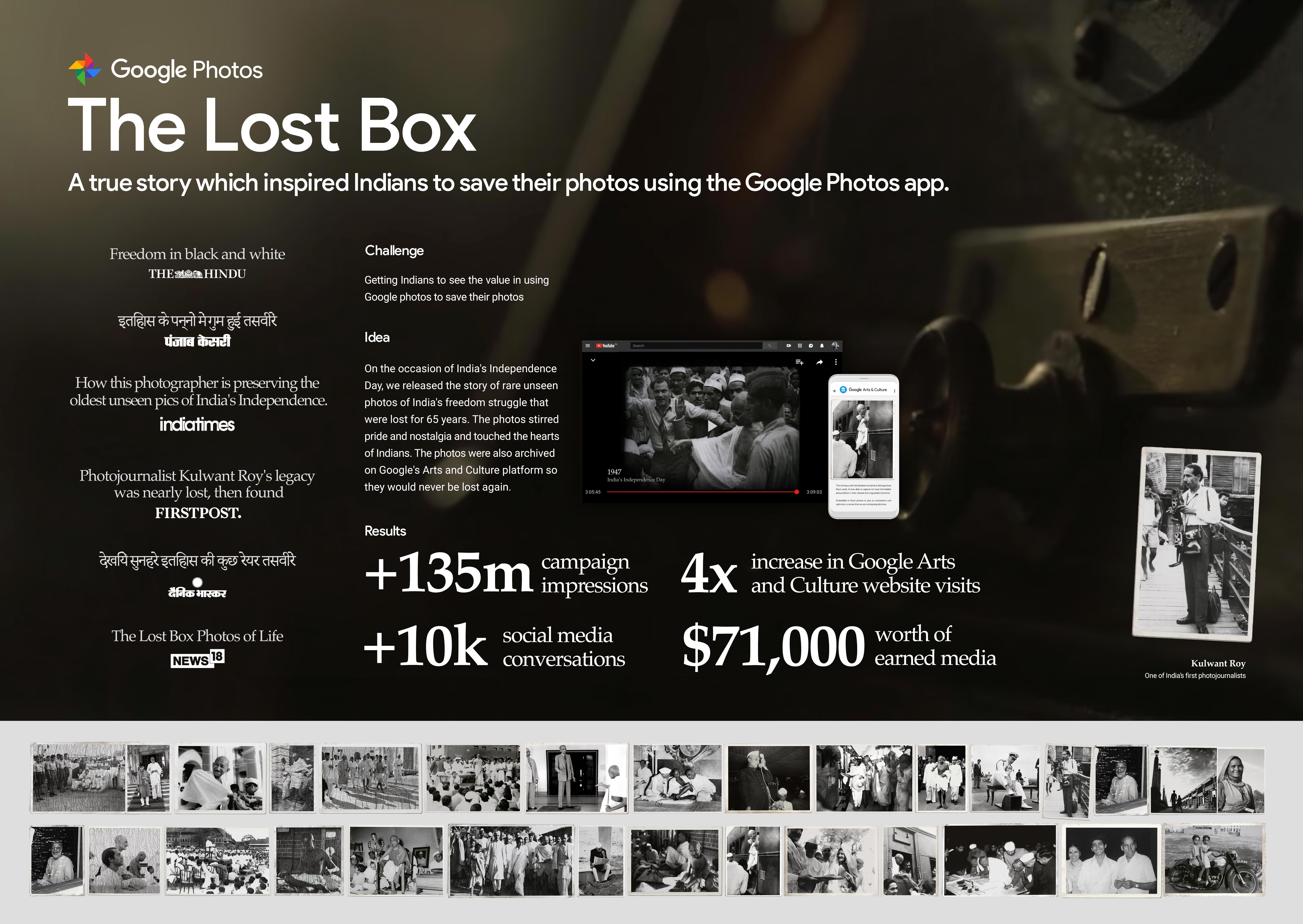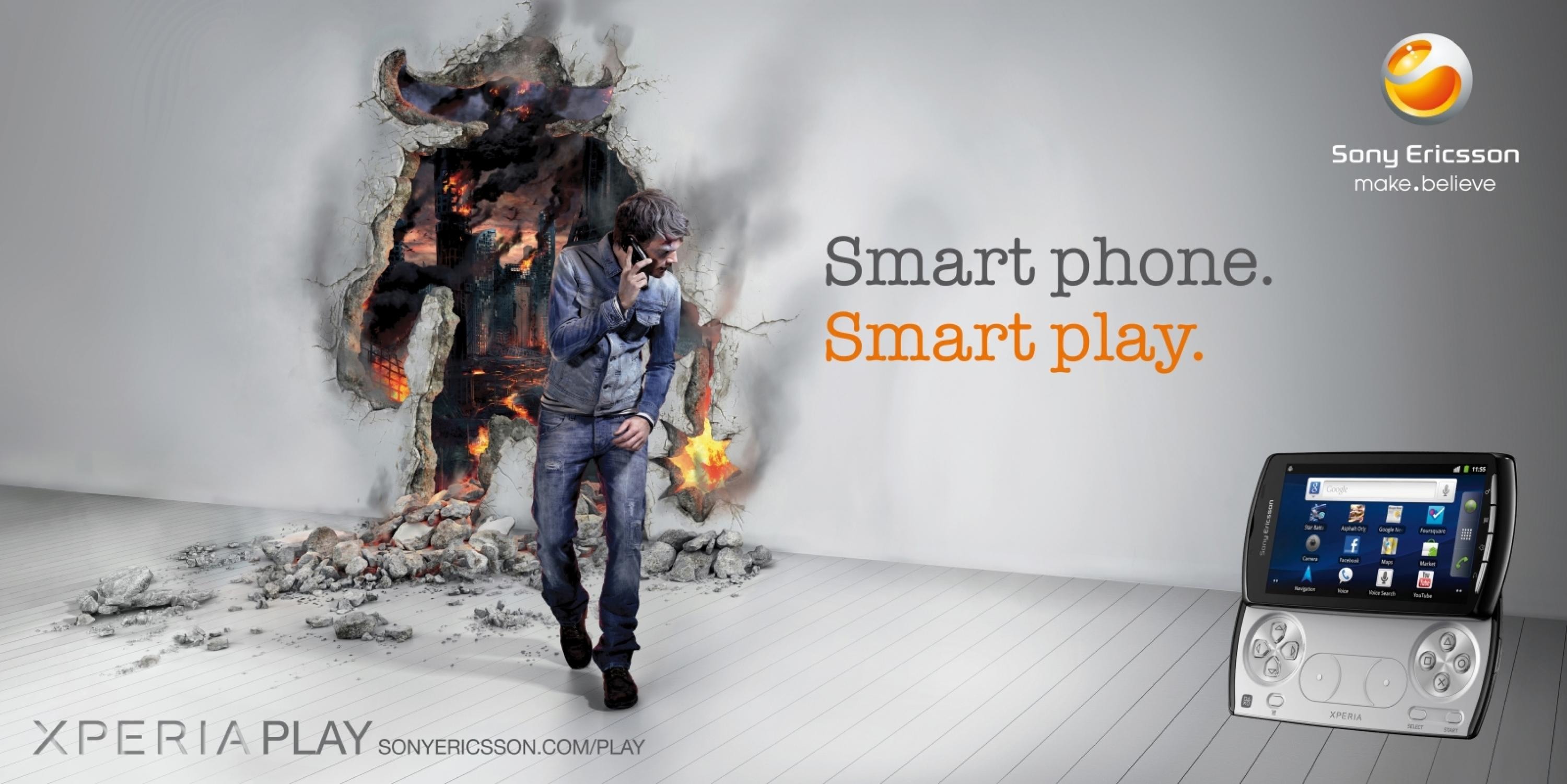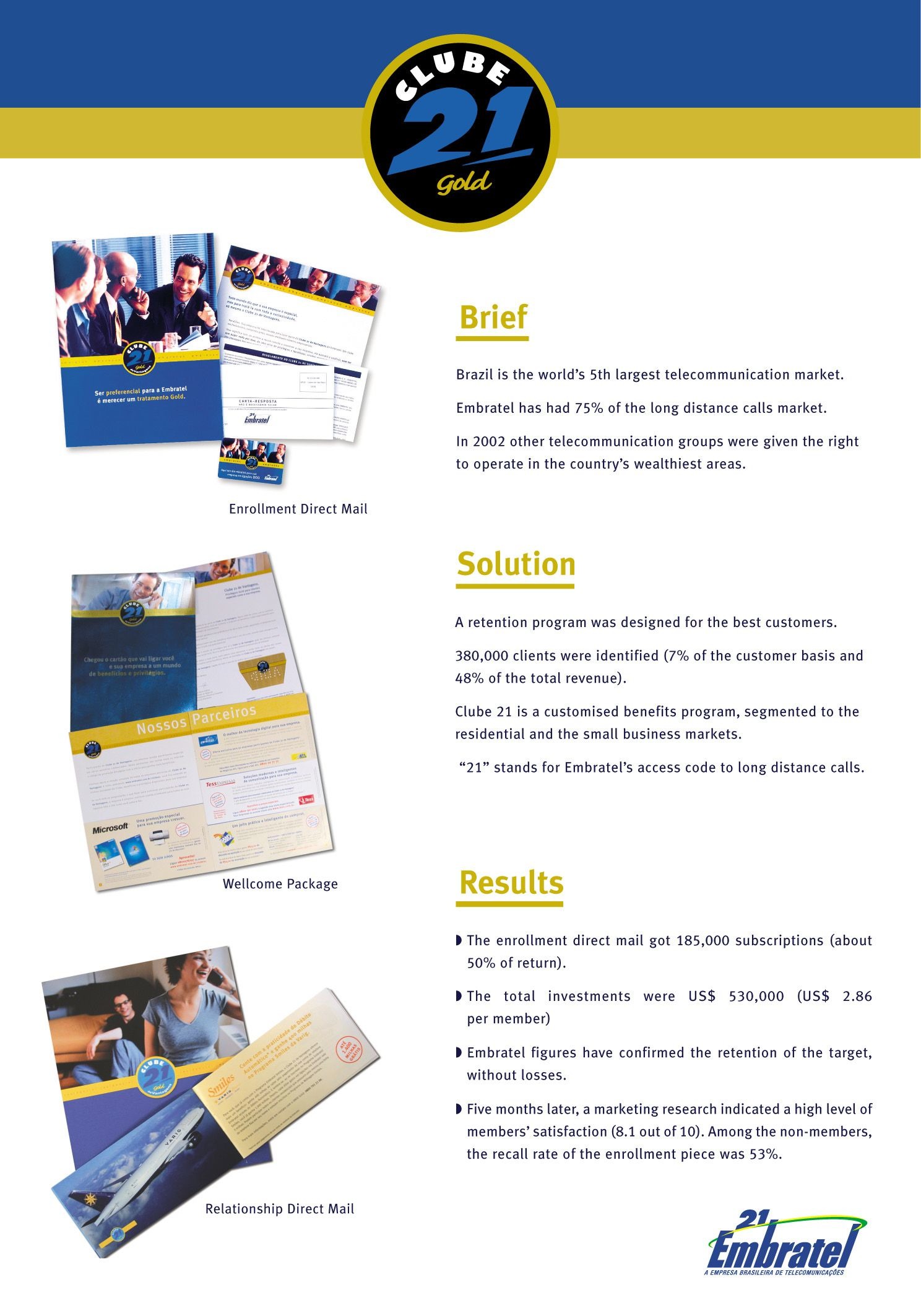Spikes Asia
The Lost Box
TOASTER INDIA PRIVATE LIMITED, Gurugram / GOOGLE / 2019



Overview
Entries
Credits
Overview
Background
Smartphones have skyrocketed the number of photos we take and with that rose the number of photos we lose. Making Google Photos relevant:
With changing technology, the relationship we share with photos has also evolved. Digital photography (mainly through smartphones) is growing exponentially and has nearly tripled since 2010*. With a surge in photography and constant capturing of moments, comes a whole set of challenges rarely explored. To help people save their valuable memories in photos, Google Photos, is available as both a web-based and mobile application.
*Bitkom infotrends 2017
There was still a massive headroom to grow Google Photos as people weren’t using it and backing up their photos:
In an ever-growing Android user base, less than 10% were using Google Photos in India. Only ~30% of photos users were actually backing-up their photos leaving a large group of people not backing up photos at all. [Source: Client data].
Idea
Make people realise the value of personal photos by showing India’s nearly lost collective history: The lost box of photos of the freedom struggle:
To show people the value of preserving their personal memories, we unearthed the story of an Indian national treasure that was almost lost in time. We found the story of priceless lost photographs of the Indian freedom struggle.
The Execution:
The Lost Box Film:
A documentary style film showcasing Kulwant Roy’s invaluable never-before-seen photos of the Indian freedom struggle was launched. We brought out the story of these nearly lost photos and took it to social media reaching millions of Indians who were in patriotic fervour on the celebratory day.
The Lost Box Online Exhibition:
We launched a microsite on Google Arts & Culture website, showcasing this treasure trove of Kulwant Roy’s lost photos that were found and preserved.
Strategy
In our consumer interviews, we heard how users lost precious photos when they change phones, backup photos at unknown folders/drives or carelessly delete them while cleaning their phones. There was a sense of regret after accidentally losing these photos.
Our target audience was broad as photos as a product appeals to everyone with a smartphone
To ensure people don’t have to ever lose photos, we targeted them during the occasion of India’s 72nd Independence Day, where collectively people came together in a feeling of nostalgia & national pride.
Making lost photos an expression of patriotism that thrives on social:
Social media has become the place where national pride is displayed and celebrated. It is the natural platform to strike a chord with people and initiate a change.
Our approach was to show the value of preserving memory by showcasing the pride and loss associated with a national treasure.
Execution
TELLING THE NATION ABOUT ‘THE LOST BOX’
We uncovered the true story of Kulwant Roy, one of India’s first photojournalists. Told by his family friend, we showcased iconic images from India’s Independence, partition and post-independence years. This was launched as a digital film on Google India’s YouTube and social channels along with teasers.
LEADING PEOPLE TO AN ONLINE GALLERY SHOWCASING THE NATIONAL TREASURE OF “THE LOST BOX”:
We wanted to create a web experience where people could experience the nearly lost archives of Kulwant Roy’s photos of the freedom struggle. On Google Arts & Culture website, we dedicated an online gallery for people to experience these lost photos.
STIRRING A CONVERSATION • To enable conversations, we used this nostalgia as a trigger to get people to digitise their photos and preserve them forever and talk more about the photos in the “lost box” using the #PhotosForLife.
Outcome
1.Mass reach:
In a quick span of 5 days drove association of Google Photos to the importance of preserving memories
65.5 million reach on Facebook
130M+ Media Impressions
Resulting in +21% increase in unaided awareness
2. Earned Attention:
Showcasing never-before-seen photos positioned the product as a way of preserving personal memories, earning attention in regional and national media.
Earned media value contributed 37% of the overall spend.
3. Getting people to experience the Lost Box Digital Exhibition:
425K+ “Lost box Exhibition” views on Google Arts and Culture website
The Lost Box Exhibition drove 2x more 1- Day traffic than the annual traffic on the website.
4. People not only started seeing us as the place for memories, but also using Google photos to preserve their own:
25 Million App visits on Independence Day
6% Increase in Auto-Backup Feature Opt-ins
10K + Social media mentions.
Similar Campaigns
12 items






